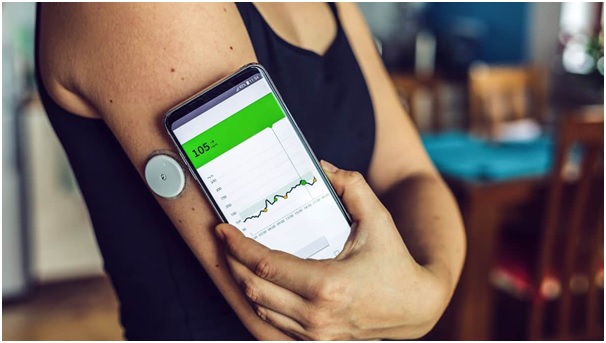What are remote patient monitoring systems?
Remote patient monitoring devices are wireless wearable gadgets that help the enablers to provide safe and better care for patients from remote locations.
Patients suffering from both chronic and acute ailments are monitored for their telemetry data which is obtained via a Bluetooth-enabled system. A sensor will decipher the data related to body vitals, and it is transmitted using radio frequency and stored in cloud platforms.
Any change in body vitals is immediately alerted as the data is transferred and reviewed on a real-time basis. These simple tools which are also known as the RPM systems, are changing the delivery model of healthcare in geriatric, palliative, and post-trauma care episodes for the better.


How can RPM systems help in telehealth services?
Telehealth and remote monitoring have been around for a few years. But it took a pandemic for these tools and channels to be accepted in the normal course of healthcare.
A telehealth nurse will set up appointments and consultations with patients, make necessary video calls, communicate with patients through a virtual medium to assess the progress of the treatment plan, and discuss with them the self-care practices they need to observe for a speedy recovery. However, unless they can check the vitals of a patient specifically for patients who need acute care, telehealth will have large gaps in the efficacy of its delivery model.
Difference between RPM and Telemetry
Telemetry and RPM have the same function; the data of the body vitals of a patient is recorded, transmitted, and displayed on monitors for a nurse or physician to see. If the data is altering beyond a normal range, an alarm goes off to alert the onlooking healthcare provider. Nonetheless, telemetry is used in hospital or clinical settings whereas RPMs can be used by patients as gadgets they wear and go about their normal routine. RPMs remove the hurdles of assessing telemetry clinical data which proved to be a constraint earlier in executing effective hospital-at-home and telehealth programs and in the process slashes the cost of healthcare.
Steps in executing RPM in a health programs
● Establish the need
RPM devices have gained traction only in recent years and public acceptance is still in its infancy stage. It is recommended that a program provider identifies the clinical conditions of a patient and assesses if the same can be reviewed remotely. RPMs can be used for patients with chronic heart diseases, diabetes, COPD, and post-injury trauma care. A range of patients’ health-related data like blood pressure, heartbeat or pulse rate, oxygen levels, and glucose is monitored via RPMs.
● Discuss with patient
As patients are not aware of RPMs they may feel uncertain about the adequacy of their treatment plan. The program coordinators must discuss the merits of RPM and explain to them how to use the recommended device. It is also necessary to establish a patient’s free will when they are assigned RPMs to avoid any discrepancies.
● Connecting the device
Once a patient is educated about the RPM, either the patient or a family member should connect the RPM electronically using a wifi internet or Bluetooth. After connecting, RPMs will collect the data for which the tool is designed. For example, oximeters are prescribed for patients with the inability to breathe by themselves like patients with obstructive pulmonary ailments.
● Review data
After the device is connected based on the data collected, the next course of direction is advised to the patient to help them recover at a steady pace and heal back to health.
RPM increases patient engagement
When telehealth or RPM program nurses discuss the use of RPMs, they will explain how to use them and teach them to understand the data.
When a patient sees a slight variance in their health data, they will take the measures discussed by their clinician such as increasing light exercise, eating healthy meals, drinking enough water to stay hydrated, sleeping on time, and avoiding skipping medication. Likewise, when those measures reflect a positive outcome, patients will be motivated to continue leading a healthy lifestyle, thereby reducing any recurrence of hospitalization episodes.
Conclusion:
RPMs are effective tools in engaging patients and bringing healthcare costs down remarkably. More healthcare providers will use it if medicare policies can change in favor of using the devices.
















